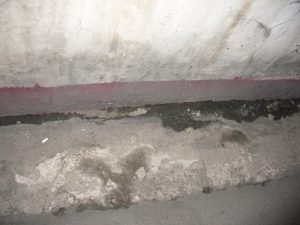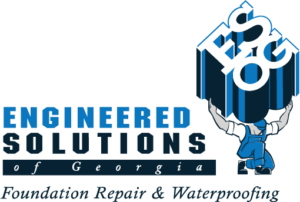Important Things to Know About Mold Damage from Basement Flooding
Dec 11, 2017One of the worst things that can happen to your home’s foundation is water damage, which often leads to basement mold. Unfortunately, many homeowners face basement flooding at one point or another during their homeownership. It’s important to understand what basement mold actually is, how to treat it if it happens to you, and how to prevent it in the first place.
Defining Mold
 Mold and mildew are two of the known 100,000 species of fungi. While both are made up of spores that fly through the air, mold is the one you really need to watch for. Unlike mildew, which is white or grey, mold is generally black, brown, red, or green. It is found in humid, damp, and wet areas; basements are ideal for mold growth. Mold spores can enter your home through even the smallest of openings, and often attach themselves to items like clothing and furniture. Once attached to a surface, these spores grow at a rapid pace.
Mold and mildew are two of the known 100,000 species of fungi. While both are made up of spores that fly through the air, mold is the one you really need to watch for. Unlike mildew, which is white or grey, mold is generally black, brown, red, or green. It is found in humid, damp, and wet areas; basements are ideal for mold growth. Mold spores can enter your home through even the smallest of openings, and often attach themselves to items like clothing and furniture. Once attached to a surface, these spores grow at a rapid pace.
The problem with mold is that it causes potentially serious health problems for you and your family. It also damages, and eventually destroys, the things on which it grows. According to the CDC, exposure to mold is linked to the following conditions:
- Nasal stuffiness
- Throat irritation
- Eye irritation
- Coughing and wheezing
- Skin irritation
- Lung infections in people with compromised immune systems
- Respiratory illness
- Triggering of asthma symptoms
Treating Mold
If you happen to find mold in your home, immediate action is necessary in order to prevent it from spreading. The best way to take care of a mold problem is to remove all infected areas. If the mold is on furniture, replace the furniture. If it’s on the wall, tear out that part of the wall if possible and replace with new material.
However, if you’re unable to remove the material, then you’ll need to make every effort to thoroughly clean the affected areas. Disinfect with bleach, vinegar, or borax several times to ensure the infestation is completely eliminated. Once you’re satisfied with the cleanliness of your basement, be sure every inch is dry in order to prevent future problems.
Preventing Mold
Preventing a mold infestation is much easier than treating one. Here are some tips for keeping your home dry, safe and mold-free.
- Control the humidity levels in your home with air conditioning or a dehumidifier
- Make sure your house has plenty of ventilation, using exhaust fans in the kitchen and bathroom that vent to the outside
- Repair leaky roofs, walls, or plumbing as soon as you find the problem
- If your home floods, clean and dry it within two days
- Use mold inhibitors in paints
- Clean your bathrooms regularly with mold-killing products
- Get rid of carpets and upholstery that have gotten wet
Additional Preventative Measures
Unfortunately, taking the above steps doesn’t always guarantee the prevention of mold growth. Sometimes, for example, you may not discover leaky plumbing until mold has already begun to grow.
Another, more effective, option to consider is basement waterproofing. At Engineered Solutions of Georgia, we provide both interior and exterior basement waterproofing for your convenience. With these services, you can prevent moisture from ever entering your home, eliminating the chance for mold growth. Contact us today to learn more about protecting your home and your family.

